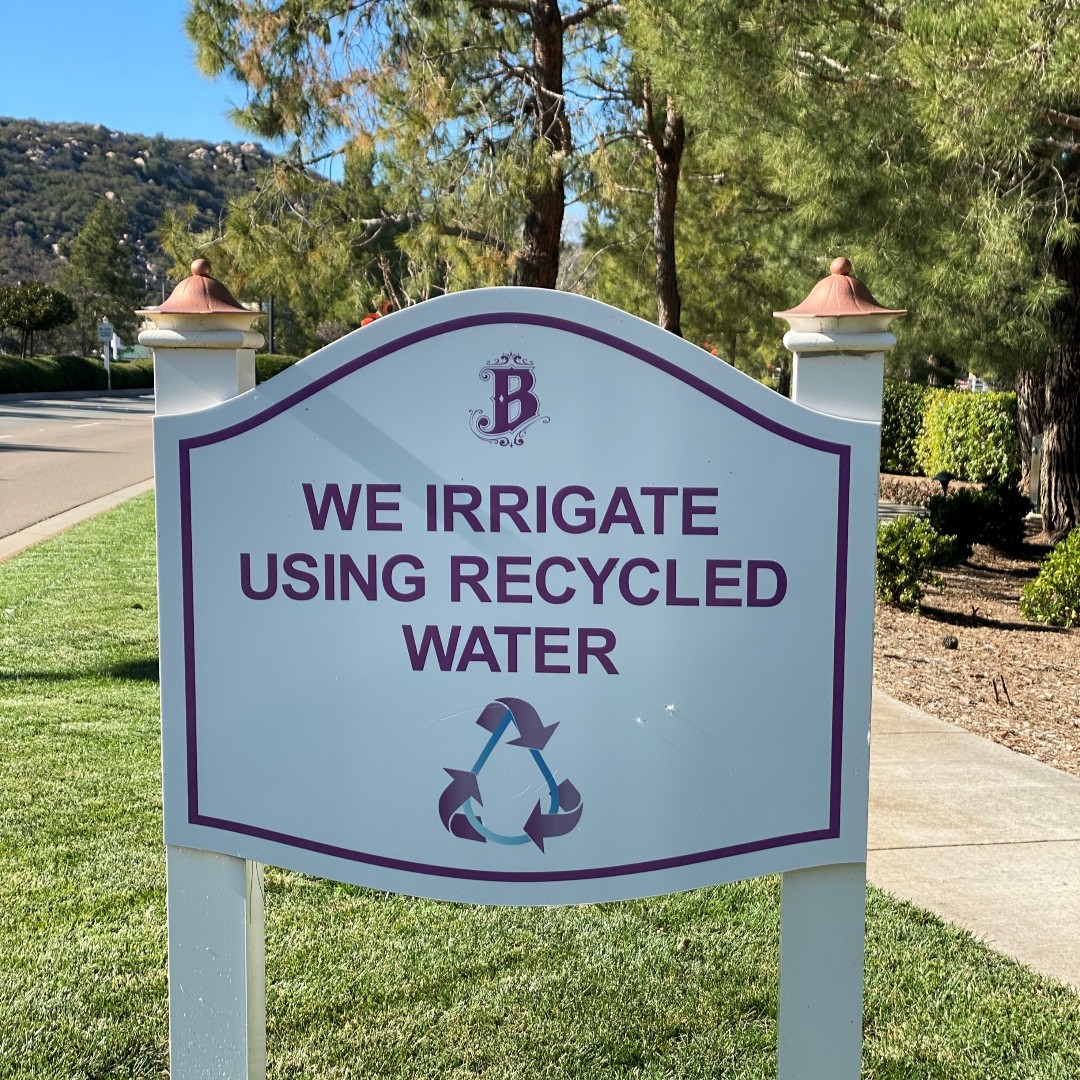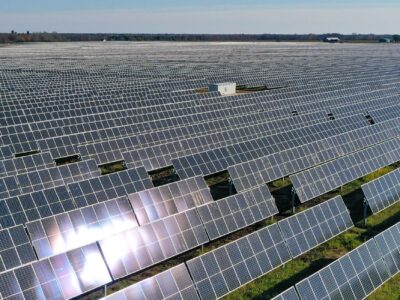While planning the Barona Creek Golf Club, the Barona Band of Mission Indians — owners of Barona Valley Ranch Resort & Casino, where the course is located in Eastern San Diego County — placed a high priority on sustainability.
“The Barona Tribe has made a legacy commitment to preserving the natural resources on our reservation,” Edwin “Thorpe” Romero, chairman of the Barona Band of Mission Indians, told “Golf Course Industry.” “It’s our hope the innovative environmental practices we’ve implemented will serve as a model for the golf industry.
During the building process, the Tribe took part in the Audubon Cooperative Sanctuary Program for golf courses. The program honors golf courses that demonstrate a dedication to maintaining and improving wildlife habitat, minimizing chemical inputs, committing to environmentally friendly maintenance practices, and conserving water.

Photo Courtesy Barona Resort & Casino
Todd Eckenrode, one of the project’s lead architects, explained that his goal was to highlight the Tribe’s deep connection and love for its land in conceiving the course.
“We moved very little dirt when we built the course,” he elaborated. “The whole design and feel of the course was supposed to be about nature. The original turf allocation was typical of a desert course; they just wanted to take it a little further this time.”
Soon after opening in 2001, Barona Creek was awarded the Bronze Signature Sanctuary Certification from Audubon International.
It was the first Audubon International Signature Sanctuary on Native American sovereign land in California.
The concern for water conservation was understandable since the Tribe lived in a drought-susceptible area of Southern California. At first, Barona Creek’s sole water source came from winter rains, which was recycled and used for irrigation. Bermudagrass, which needs little watering, was planted on the fairways, tees, and rough to maximize the limited amount of water.
The rough, as well as the out-of-play areas, also featured drought-resistant native grasses that didn’t require irrigation. Over the years, Barona Creek has been able to augment its collected rainwater with flowing water from the resort’s hotel and on-site emergency wells containing non-potable water, which is used only in extreme conditions.
However, this championship-level golf course still has had to be proactively vigilant to have enough water. Along with the innovative sustainable landscape design, it also created an advanced water reclamation plant, a computerized irrigation system, and a sophisticated weather-monitoring program that allowed them to reuse just about every drop of water runoff at the resort.
“These water-saving innovations at Barona Creek are about more than self-preservation,” Sandy Clark, the course’s superintendent, explained to “Golf Course Industry.” “They’re also helping the environment and hopefully influencing the golf community at large.”

Photo Courtesy Barona Resort & Casino
Furthermore, the course’s inventive design involved creating 12 acres of lakes and streams for irrigation and natural-looking drainage spots in dry creek beds. Besides improving irrigation efficiency, these measures improved conditions for birds, fish, and other wildlife, too. Additionally, the transplanting of 170 native oak trees from different areas of the Barona Indian Reservation also proved to be a boon for the bird population, which leaped from 62 to 134 species in just a couple of years.
With water shortages ongoing, Barona Creek has continually sought to improve its water conservation efforts. As part of a turf reduction initiative that began in the late 2000s, 12–15 acres of irrigated turf was removed, including two acres of bermudagrass from an alternate fairway and a dozen alternate teeing grounds.
Native grass replaced bermudagrass while “waste bunkers,” sandy areas that are playable spaces unlike normal bunkers, were added to further reduce the need for watering.
A “deficit irrigation program” replaced 65% of the water lost on fairways via evapotranspiration. Off the course, the Golf Club also promotes sustainability by having preferred parking for golfers who drive alternative fuel vehicles.
“Our commitment to protecting and preserving the environment always has been at the forefront of the golf industry,” Don King, executive director of golf operations at Barona Creek Golf Club, said to “Golf Course Industry.” “Our goal is to further reduce our carbon footprint by moving forward with this turf-reduction initiative.”

Photo Courtesy Barona Resort & Casino
This commitment to the environment has not gone unnoticed. “Golf Digest” noted Barona Creek’s decision to save water by no longer maintaining the grounds between fairways and tees as a reason for awarding the course with a Green Star for Environmental Practices in 2011. The Golf Club also earned the National Resort winner of 2004’s Environmental Leaders in Golf Awards and received an Energy Star designation from the U.S. Environmental Protection Agency for superior energy efficiency and environmental protection.
Perhaps its highest compliment came from the United States Golf Association, which praised Barona Creek as “a great example of a course that can provide a great test of golf for competitors trying to make it to the national championship while remaining sustainable in a challenging climate and providing a friendly environment for wildlife.”





